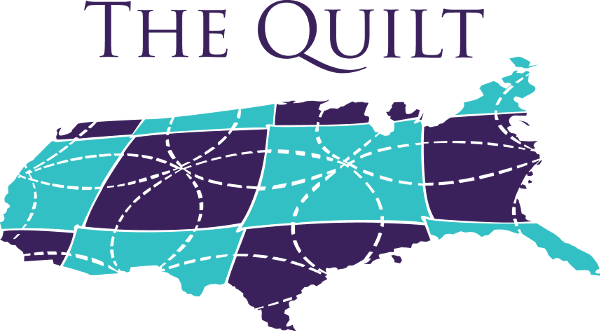The Corporation for Education Network Initiatives in California (CENIC) announced the completion of a 100-Gigabits-per-second (Gbps) upgrade for the core backbone of the California Research & Education Network (CalREN), the 3,800-mile fiber-based advanced network currently serving the Golden State’s research and education communities, including the California K-12 System, California’s Community Colleges, the California State University, the University of California, and many private universities including Caltech, Stanford, and USC, as well as a rapidly growing list of other institutions.
“As with many advanced networks, CalREN backbone traffic is in a constant state of accelerating growth, and we’re always heartened by this since it means that the network is doing the job it was designed to do: encourage innovation of all kinds,” says CENIC President and CEO Louis Fox. “This makes ongoing network upgrades like this absolutely critical to the continued health of California’s spirit of innovation.
“Not only that, but CENIC is in the process of reaching out to entire new segments of statewide education such as public libraries and arts and cultural institutions, which will spur even greater demands.”
Nearly 10,000 sites are connected to CalREN, and with this upgrade, the eleven million Californians who use CalREN every day will be able to create and engage in even more advanced and innovative teaching and learning methods as well as cutting-edge global research in a large and ever-increasing variety of network-dependent disciplines. In particular, California’s research universities, including the ten campuses of the University of California, the University of Southern California, the California Institute of Technology, and Stanford University, will be able to take advantage of 100-Gigabit connections from their campus research networks into CalREN.
“At Stanford, we have recently deployed 100-Gigabit capabilities for our own campus research data center,” states CENIC Board Chair and Associate Vice President of IT at Stanford University Bill Clebsch. “With the CENIC backbone upgrade, we now have an end-to-end high-speed path from our researchers to their partners elsewhere in California and beyond. CENIC’s new capabilities are absolutely necessary to enabling and accelerating the pace of discovery and innovation.”
“Frontier research is being driven today by Big Data, growing in scale at an enormous rate,” agrees Larry Smarr, founding director of the California Institute for Telecommunications and Information Technology, a UC San Diego/UC Irvine partnership. “CENIC’s backbone upgrade to 100 Gbps is coming just in time to keep California in a leadership position.”
“The University of California is excited about the CalREN upgrade,” said Tom Andriola, Vice President and CIO of the University of California system. “It enhances our ability to do ground-breaking research and to keep California’s innovation economy vibrant for the coming decades.” He adds, “Today, networks are critical to the flow of knowledge, and a robust CENIC network means more Californians can access that knowledge and the whole connected world.”
“Our college system is harnessing the power of the Internet to offer more online courses and readily accessible academic planning services to increase success rates,” said California Community Colleges Chancellor Brice W. Harris. “These tools could not be offered without blazing fast Internet speeds, something that CENIC is committed to providing on behalf of our students.”
CalREN consists of three separate tiers, each optimized to serve a specific set of research and education needs: daily network use like e-mail and web browsing (CalREN-DC), high-performance research (CalREN-HPR), or network-based experimentation and development (CalREN-XD). The 100-Gigabit Layer 2 backbone has been installed to serve the first two tiers and the increasing demand being placed on them by researchers in data-intensive disciplines, ongoing connectivity upgrades for CENIC members, and connectivity for new members such as public libraries and arts and cultural institutions.
